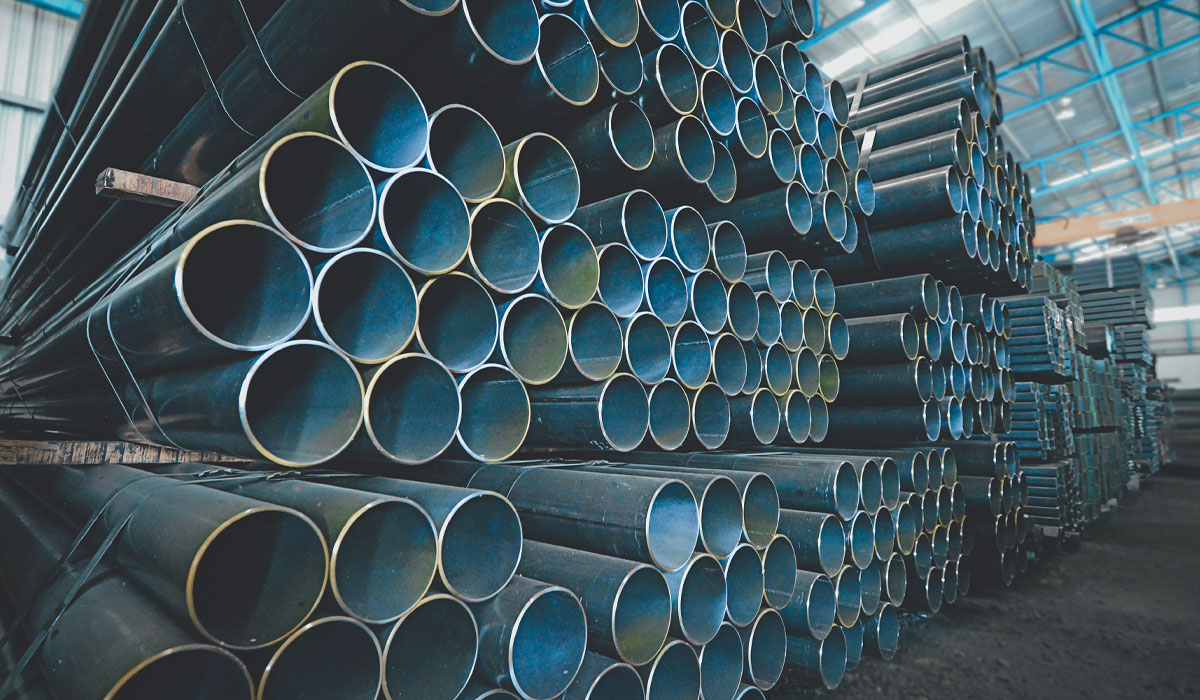
A chaotic month for the copper market
Copper had another wild month of ups and downs. The average price of copper in May was $4.78, a record high that is 28% above the May 2023 average. Data centers and electric vehicles (EVs) continue to drive demand.
So, why did prices drop? Near the end of May, China released nearly 300,000 metric tons of copper into the market, causing copper prices to drop. The move came after the Biden administration announced it will increase tariffs on Chinese EVs — which use a lot of copper — from 25% to 100% this year.
The big picture: The price of copper is still incredibly high, opening at $4.55 this morning. Some experts believe speculation is causing the wild swings in prices, but that hasn’t stopped investors from pursuing copper at almost any cost.
- On May 13, mining company Anglo American rejected a record-high takeover bid from a rival company keen on its copper assets.
- The next day, Anglo American rolled out a plan to exit diamond, platinum and coal mining and focus more on copper.


Aluminum prices continued to grow in May
The price of aluminum increased in May, averaging 6% higher than May 2023. Aluminum opened at $1.38 today.
- Wire vendors haven’t announced a price increase yet in June, but the recent movement in raw material costs would support one.
- Demand continues to shift toward aluminum wire on some projects with copper staying well above $4 per pound.
What we’re watching: In addition to the Section 301 tariffs on aluminum, the U.S. Department of Commerce made preliminary decisions to add antidumping and countervailing duties to aluminum extrusion imports from 14 countries, including China, Indonesia, Mexico and Turkey, to offset artificially low prices.


Steel suppliers seek to understand tariff impacts
Ever since the Biden administration announced it will raise tariffs on Chinese steel, suppliers have been trying to figure out how this will affect the market.
- The tariff rates for steel are set to increase from between 0% and 7.5% to 25% later this year under Section 301 of the Trade Act of 1974.
- Section 301 tariffs are a different type of tariff that have become a key piece of U.S.-China trade policy in recent years.
Why it matters: There’s a lot of steel in the United States right now due to a surge in imports from China and Mexico. The increased tariffs will help domestic suppliers better compete with importers, but it may be a while before we know the long-term effect on the market.
More steel news:
- Lead times for steel pipe are mostly stable at two to three weeks.
- Flatbed availability is improving due to a decrease in the load-to-truck ratio, which helps with transportation costs.
- We continue to keep an eye on Nippon Steel’s pending purchase of U.S. Steel.


PVC market remains soft with healthy inventories
Neither of the two announced increases for May held in the market, and, so far, PVC vendors haven’t announced any increases for June.
- The PVC market overall continues to stay soft as demand has declined and distributors and vendors have healthy inventory levels.
- Production remains strong with stock lead times sitting at around four weeks.

News roundup
The Federal Reserve’s next meeting begins Tuesday, June 11. They are expected to hold rates steady in the battle to drive down inflation.
